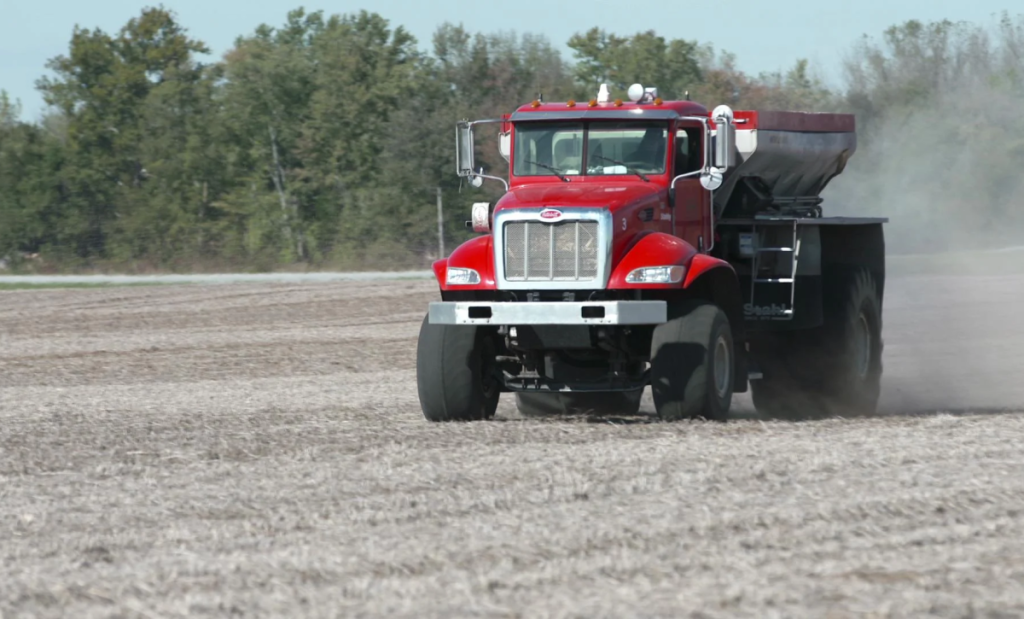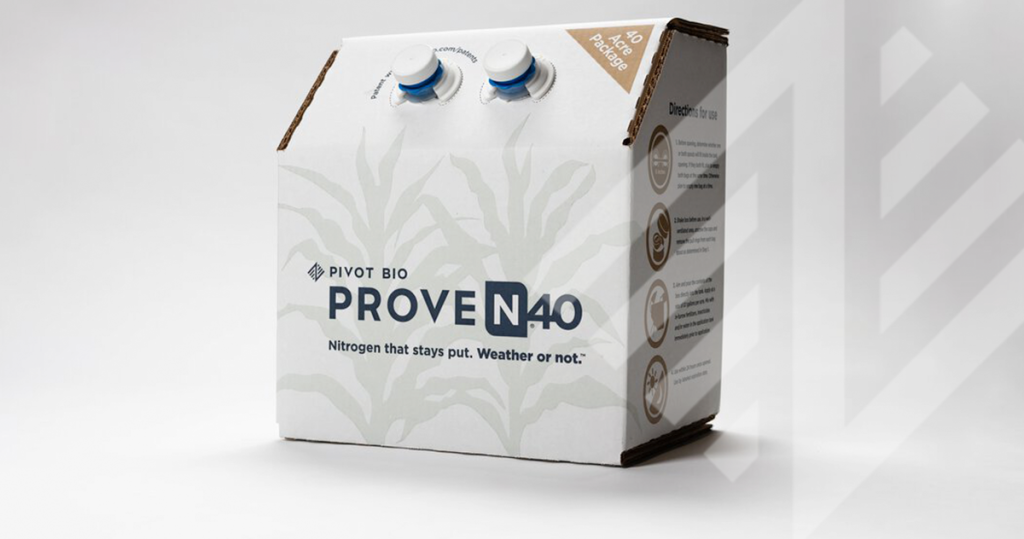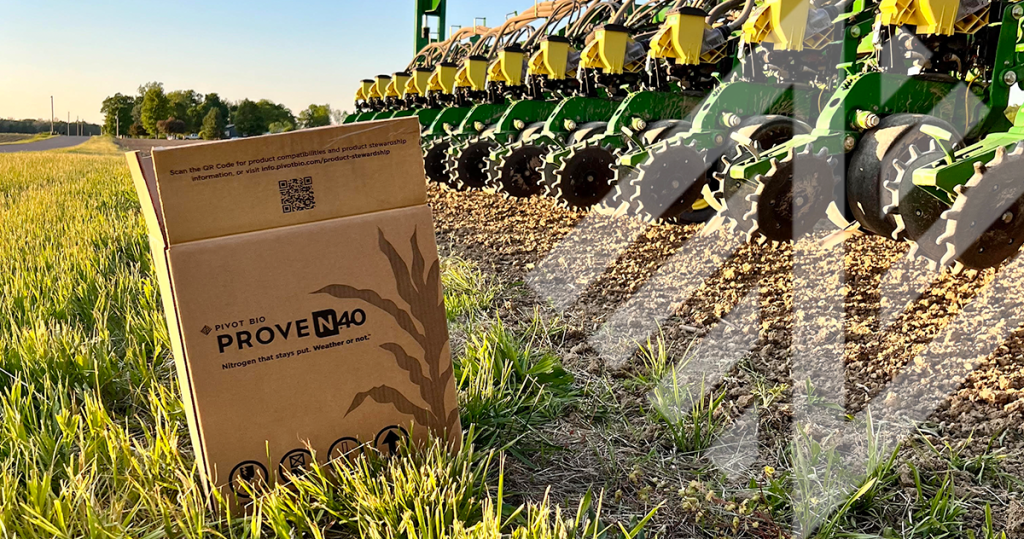Record Fertilizer Costs Impact Food Prices

You’ve heard the news: inflation has hit a 30-year high and you’re experiencing it on everything from gas and groceries to rent and services. The pandemic has disrupted global supply chains and forced companies to pay more for materials and wages, but they still can’t produce enough goods to meet demand.
Our food supply is especially vulnerable. Supply chain problems threaten not just higher grocery prices but food shortages worldwide. Staple crops like corn, rice and wheat need fertilizer to grow. But fertilizer prices are at a record high, and some farmers are having trouble getting fertilizer at all.
Farmers are caught in the middle. If you’re growing a commodity crop, you have no way to raise prices. These farmers are paying higher prices for their inputs and hoping the markets responds with higher prices when they go to sell their crop, which is a huge gamble for farmers.
Nitrogen, natural gas, and the food supply
To understand today’s impending food supply crisis, we need to understand a bit about how our food is grown. All plants — including food crops — depend on nitrogen to thrive. Nitrogen is a part of healthy soils and gives plants the energy to grow and produce fruit or vegetables.
In the first decade of the 1900s, scientists discovered how to make nitrogen fertilizer from fossil fuels at an industrial scale. The first synthetic nitrogen manufacturing facility opened in 1913. Since then, all around the world, farmers apply synthetic nitrogen fertilizer to provide enough of this required nutrient for crop productivity. The enormous growth in crop yields supported the world’s population growth from about 1.7 to 7.7 billion people.
Today, natural gas accounts for 70%-90% of the operating costs for making fertilizer, and natural gas prices have skyrocketed due to rebounding pandemic demand, poor infrastructure, and bad weather. In Europe, the high cost of natural gas and other fossil fuels has caused some fertilizer plants to cut back or even close production altogether.
How nitrogen fertilizer is made today has an environmental impact, too. For every ton of fertilizer that is made with natural gas, about three tons of carbon dioxide is released into the atmosphere. Altogether, that’s over 500 million tons of carbon dioxide each year, about as much as 100 million cars.
Synthetic nitrogen fertilizer is also inefficient for farmers, although it’s the only tool they have had. About 50% of it never reaches the crop it was intended to nourish. Excess synthetic nitrogen either washes away into our waterways or volatilizes into our air. What ends up in the waterways disrupts ecosystems and creates dead zones.
Taking nitrogen out of thin air
To find a better nitrogen source, you only need to take a breath. Almost 80% of Earth’s atmosphere is nitrogen. For years, scientists have sought a way to use atmospheric nitrogen to nourish our crops.
Today, one such solution is available to farmers. Pivot Bio PROVEN® 40 converts atmospheric nitrogen into a form plants can readily use to achieve predictable and productive yields. We anticipate Pivot Bio PROVEN® 40 will help reduce farmers’ dependency on synthetic nitrogen fertilizer by 100 million metric tons over the coming decade, preventing unintended emissions and ensuring greater food chain resiliency from farm to fork.


